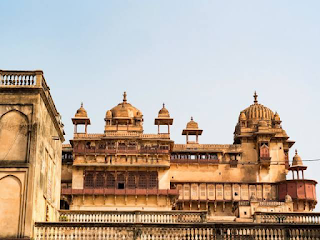 |
Shaka dynesty women cassle |
Shaka dynesty women status in India :-
The Shaka dynasty, also known as the Scythian dynasty, was an ancient Indian dynasty that ruled parts of the Indian subcontinent from around the 2nd century BCE to the 4th century CE. The status of women during this period varied, as it did in different regions and times in ancient India.
In ancient India, women's status and roles could be complex. While there were instances of powerful and influential women in various dynasties, it's essential to understand that women's rights and roles were often influenced by cultural, religious, and societal norms. These norms could differ between regions and time periods.
Shaka dynesty women warrior :-
While the Shakas, or Scythians, were known for their martial prowess, there isn't significant historical documentation specifically highlighting women warriors within the Shaka dynasty. However, women did play various roles in ancient Indian societies, including those of protectors and warriors in some cases.
In general, women in ancient India, regardless of their specific dynastic affiliation, were not typically warriors in the same way men were. That said, there were exceptions, such as the legendary Rani Padmini of Mewar, who was known for her courage in the face of a siege. But these examples are relatively rare and often exist more in the realm of folklore and legend than documented history.
Shaka dynesty queen :-
The Shakas, or Scythians, were an ancient people who ruled parts of the Indian subcontinent during the 2nd century BCE to the 4th century CE. While there may not be extensive historical records about specific queens from the Shaka dynasty, some notable historical figures were associated with this dynasty. One of them is Queen Kumaradevi, who was the wife of the Shaka king Nahapana. She is known from inscriptions found in the western part of India and is recognized for her contributions to Buddhist art and architecture.
Comments
Post a Comment